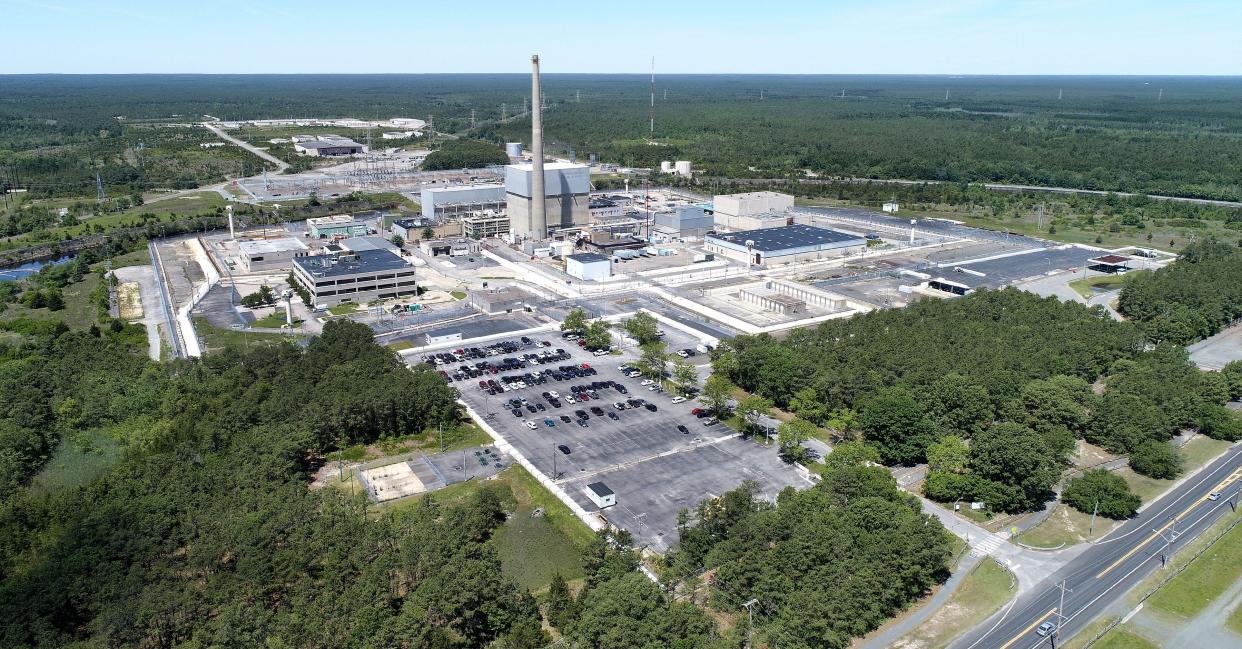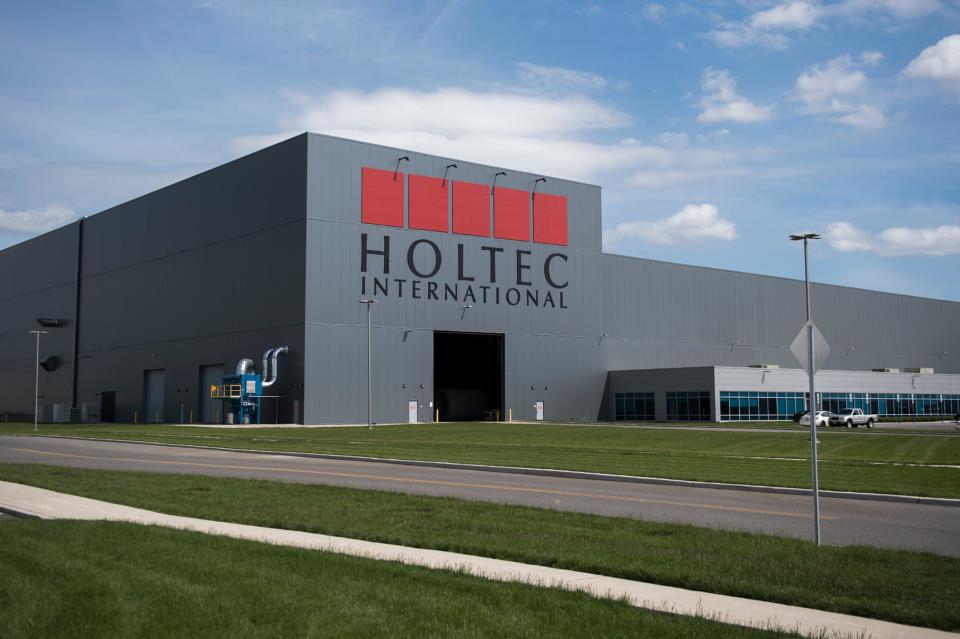Material transported from Oyster Creek exceeded federal radiation levels: officials

LACEY — A package of radioactive material from the defunct Oyster Creek nuclear power plant was not properly packaged and emitted higher than permitted levels of radiation after it was shipped to a former power plant in New York, according to an inspection report from the Nuclear Regulatory Commission or NRC.
Holtec International, the company in charge of decommissioning the Oyster Creek plant in Lacey, is facing possible civil penalties as a result, according to the commission.
On May 3, two packages from Oyster Creek arrived at the defunct Indian Point Energy Center in Buchanan, New York, which is also owned by Holtec, a Camden-based manufacturer of nuclear plant components and emerging nuclear technology. One of the two packages contained radiation-contaminated equipment that on its topside gave off levels of radiation more than double the limits set by the U.S. Department of Transportation, according to the inspection report.
The radiation was measured at 450 millirem per hour, whereas 200 millirem per hour is the Department of Transportation's limit, according to the report. Any company that transports nuclear material on public highways must adhere to the radiation limit, according to the inspection report.
The average American is exposed to about 620 millirem of radiation each year, about half of which comes from natural background radiation, according to the NRC. The other half comes from manmade sources, such as medicine and industry, according to the agency.
Holtec spokesman Patrick O'Brien told the Asbury Park Press that no individuals or members of the public were exposed to the radiation, and the company is fully committed to adhering to federal and state regulations.
"Holtec is reviewing the notice and will provide a written response to the NRC within 30 days of the date of the letter," he said in an email.
The NRC called the inspection finding an "apparent violation" and said the agency was considering possible "escalated enforcement action, including a civil penalty."
The commission's civil penalties for improper transfer, loss, abandonment and improper disposal of radioactive material range from $7,000 to $54,000, depending on factors like radiation levels emitted and source of the radiation. NRC civil penalties can be as high as $350,000 against companies that operate power reactors and high-level nuclear waste storage facilities.
The NRC did not say how much of a civil penalty was being considered.
"It appears that Holtec's radiological monitoring was extremely sloppy and underestimated the peak dose… posing unacceptable risks to the misinformed conveyance driver and anyone else in close proximity to the package," said Edwin Lyman, director of the Nuclear Power Safety program at the Union of Concerned Scientists, a science advocacy organization that strives for a healthier, safer world.

"Fortunately, the drive was not that long, but the doses from even a few hours of overexposure could have led to a significant dose excess — perhaps tens of millirem, although it is hard to say — comparable (to) the typical occupational dose that radiation workers receive in one year," Lyman said in an email. "Nearby vehicles were probably not put at significantly increased risk unless there was a traffic jam resulting in someone unfortunate being stuck near the open transport vehicle for an extended period of time."
"Holtec definitely deserves a penalty for this," he said.
Lyman added: "What troubles me the most is that the company's ambition is to build new reactors even though it hasn't demonstrated sufficient competence in its ability to manage spent fuel and decommission shutdown reactors."
Holtec has received grants and approval for a federal loan through the U.S. Department of Energy to build a small modular reactor, a new type of safer, smaller nuclear reactor.
Small modular reactors are expected to be safer from the risks of nuclear accident and meltdown than larger facilities of the past, and be more efficient and less costly to operate, according to the U.S. Department of Energy. Their modular design would mean the components can be built at a manufacturing facility and shipped to sites around the nation, thereby reducing costs and speeding along construction, according to the DOE.
Holtec is eyeing Oyster Creek as a possible site for one of its first small modular reactors.
Community conflict: Jackson close to settling antisemitism lawsuit with NJ Attorney General
Amanda Oglesby is an Ocean County native who covers education and the environment. She has worked for the Press for more than 15 years. Reach her at @OglesbyAPP, aoglesby@gannettnj.com or 732-557-5701.
This article originally appeared on Asbury Park Press: Material from Oyster Creek exceeded radiation limits: Officials

